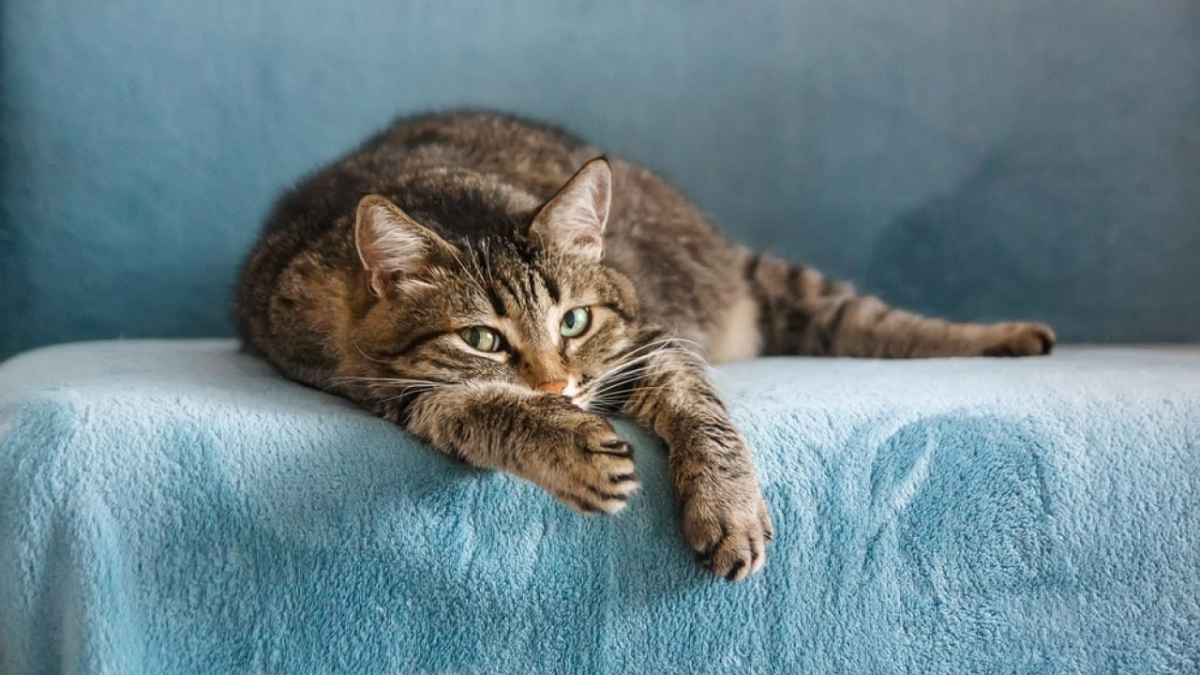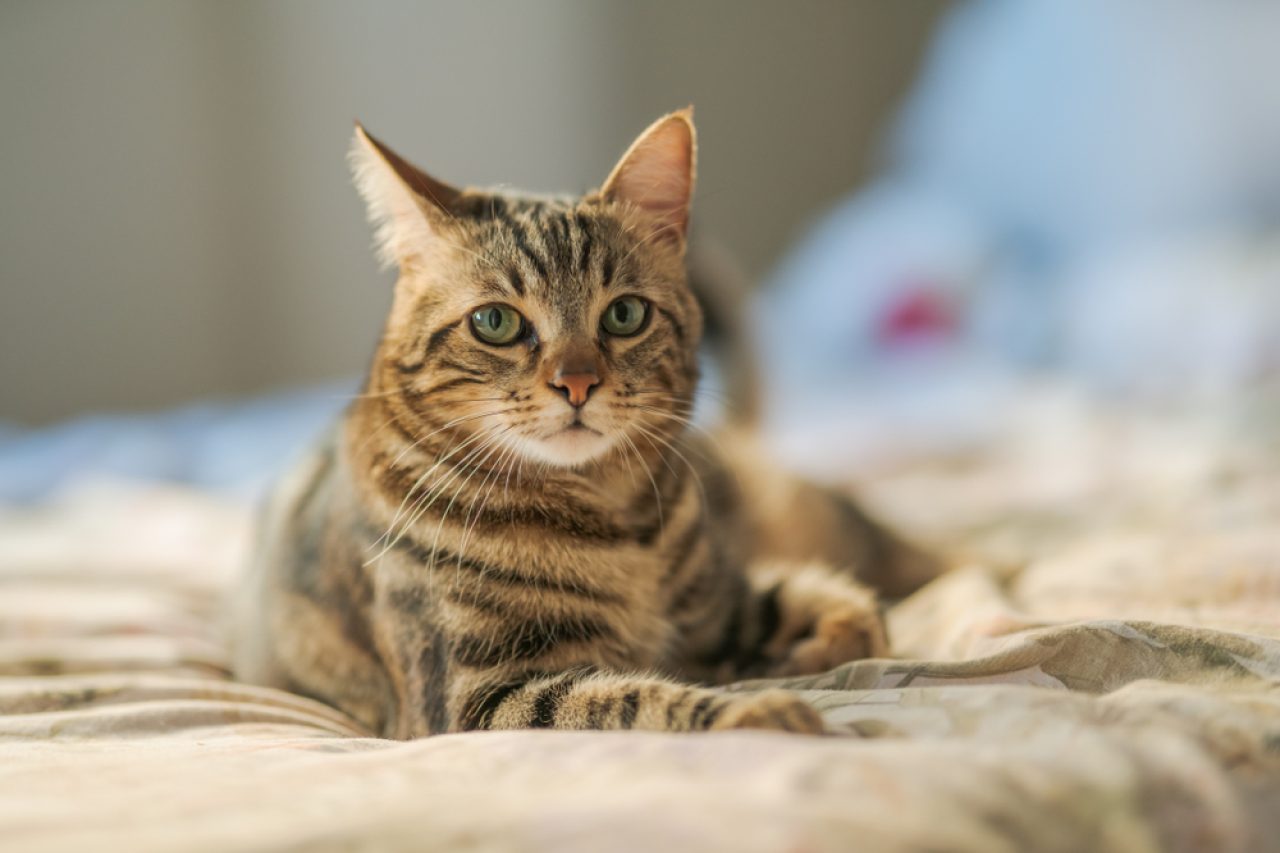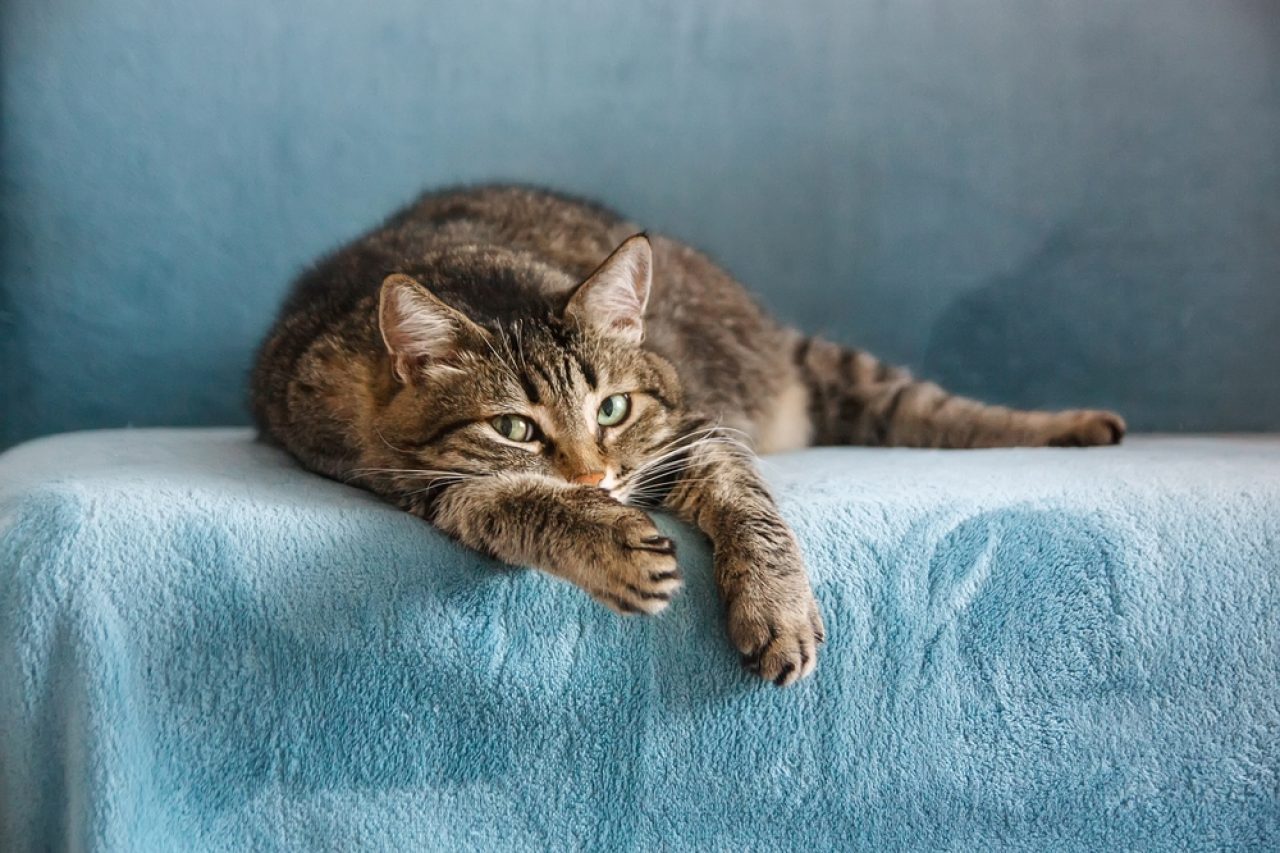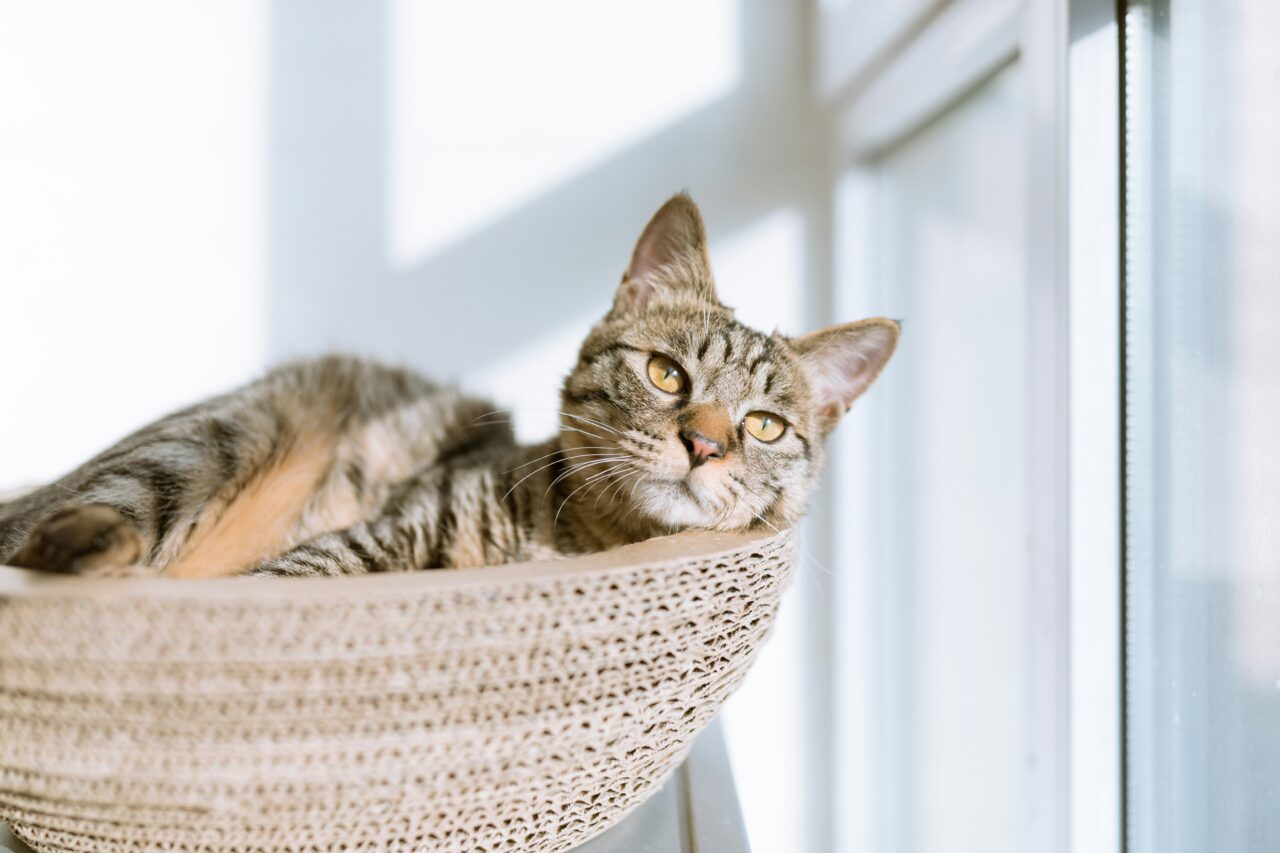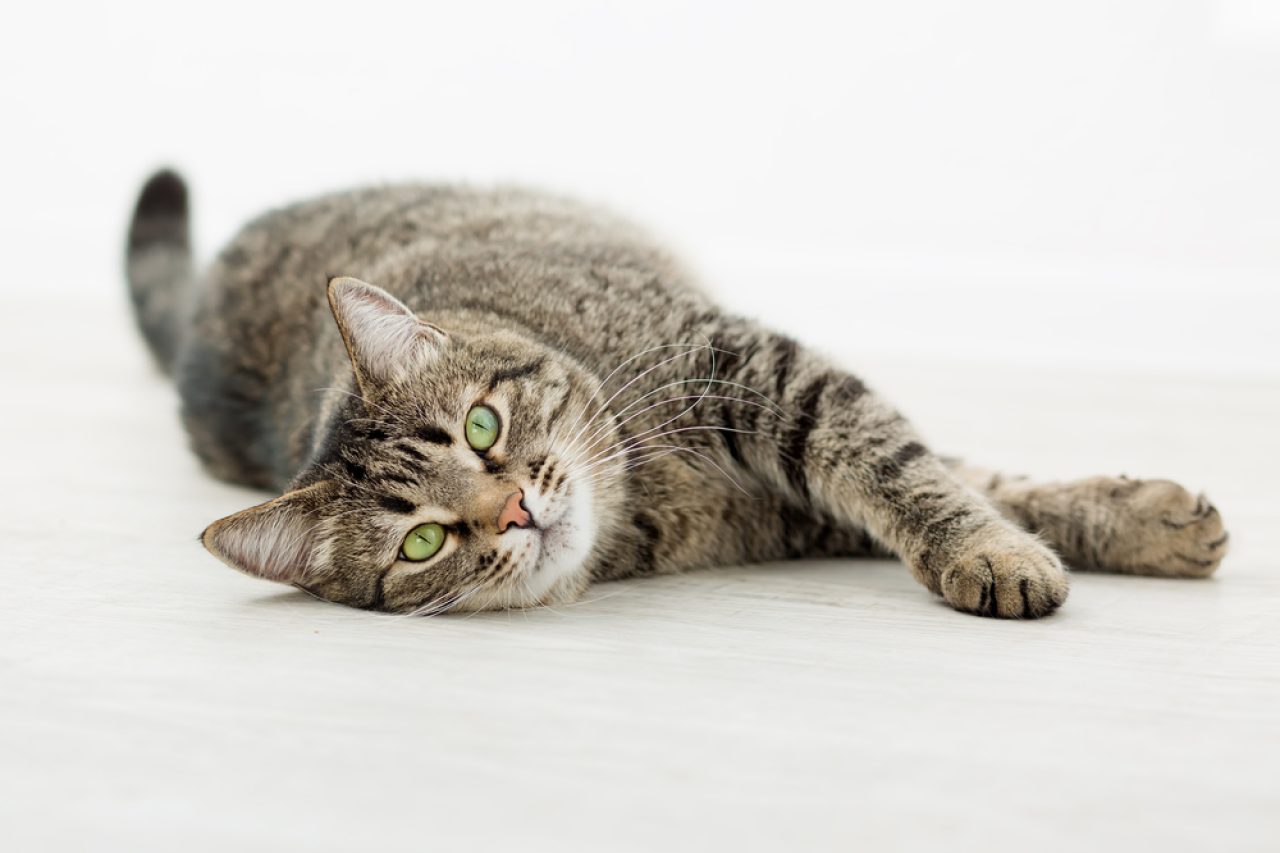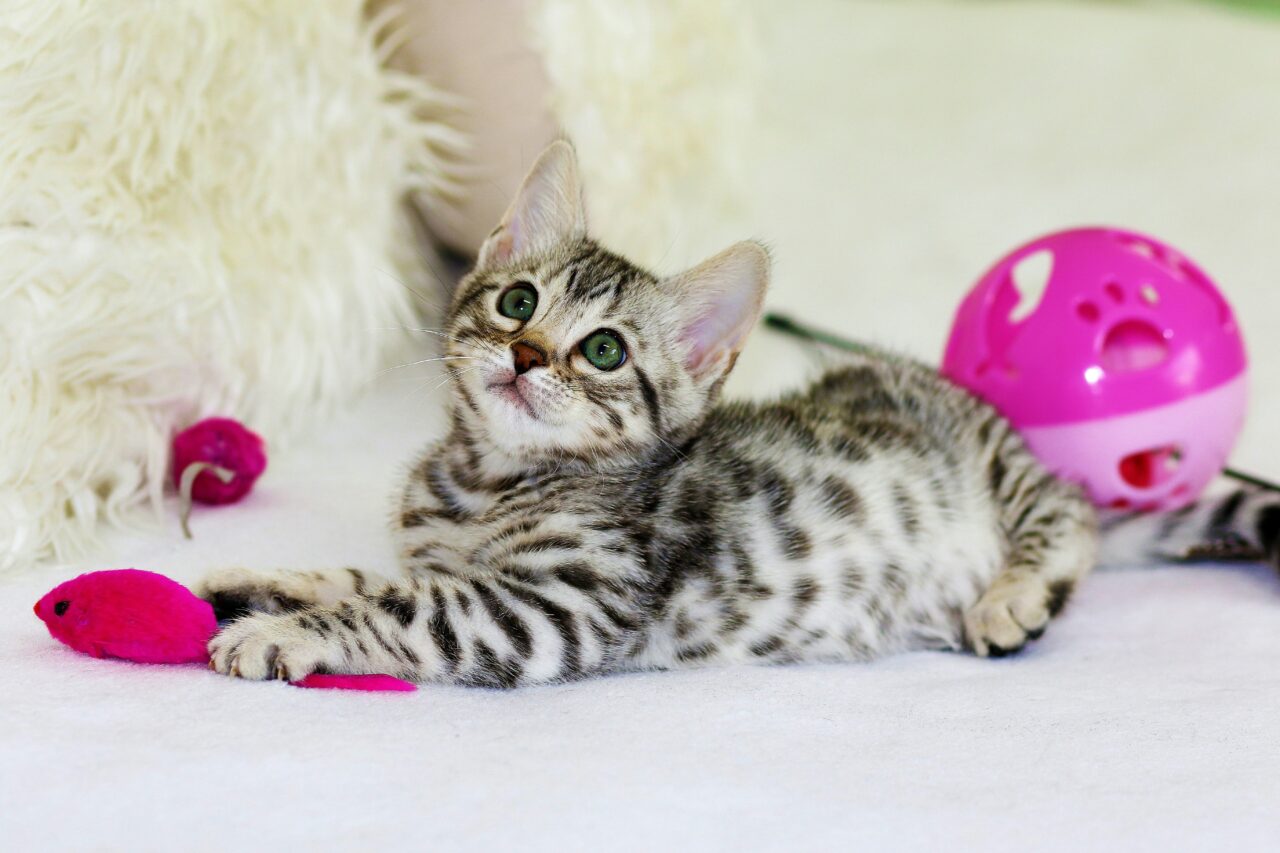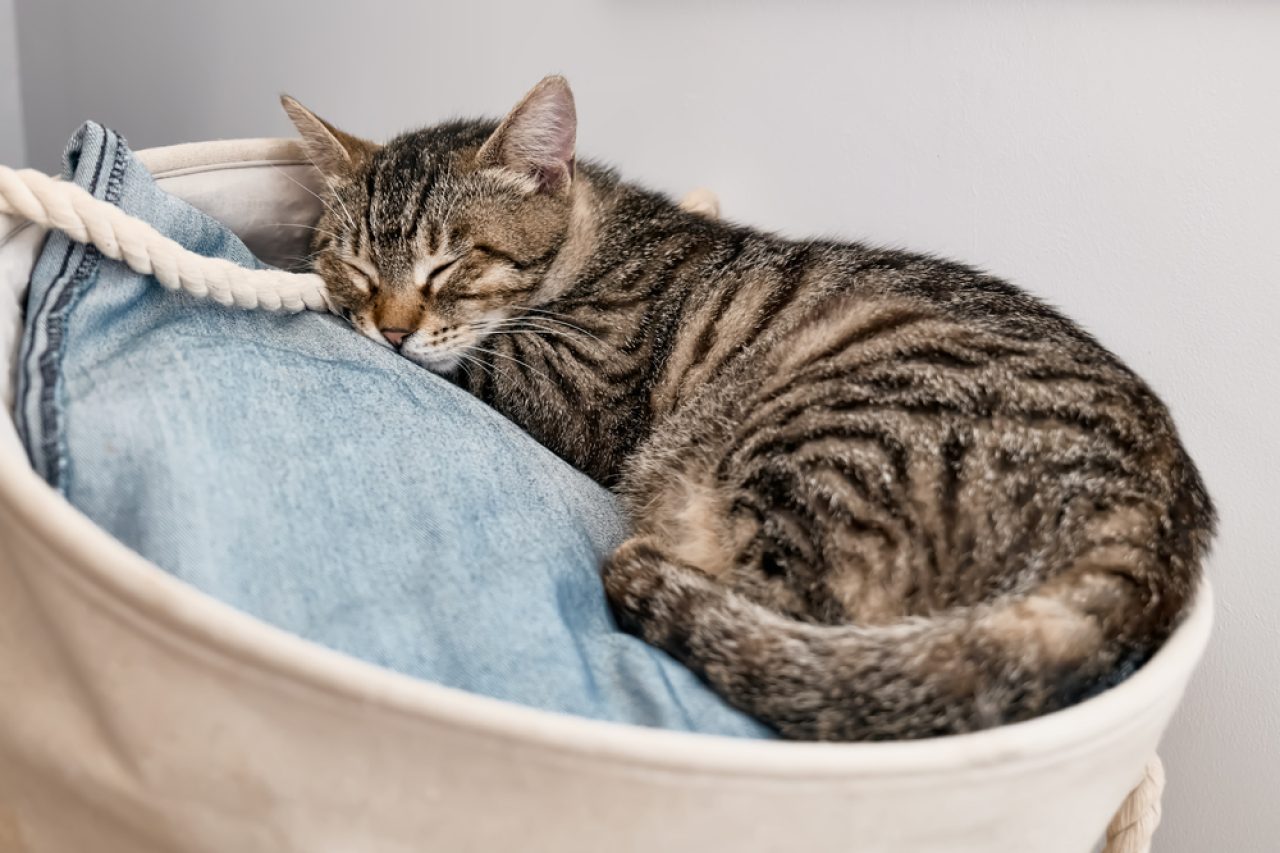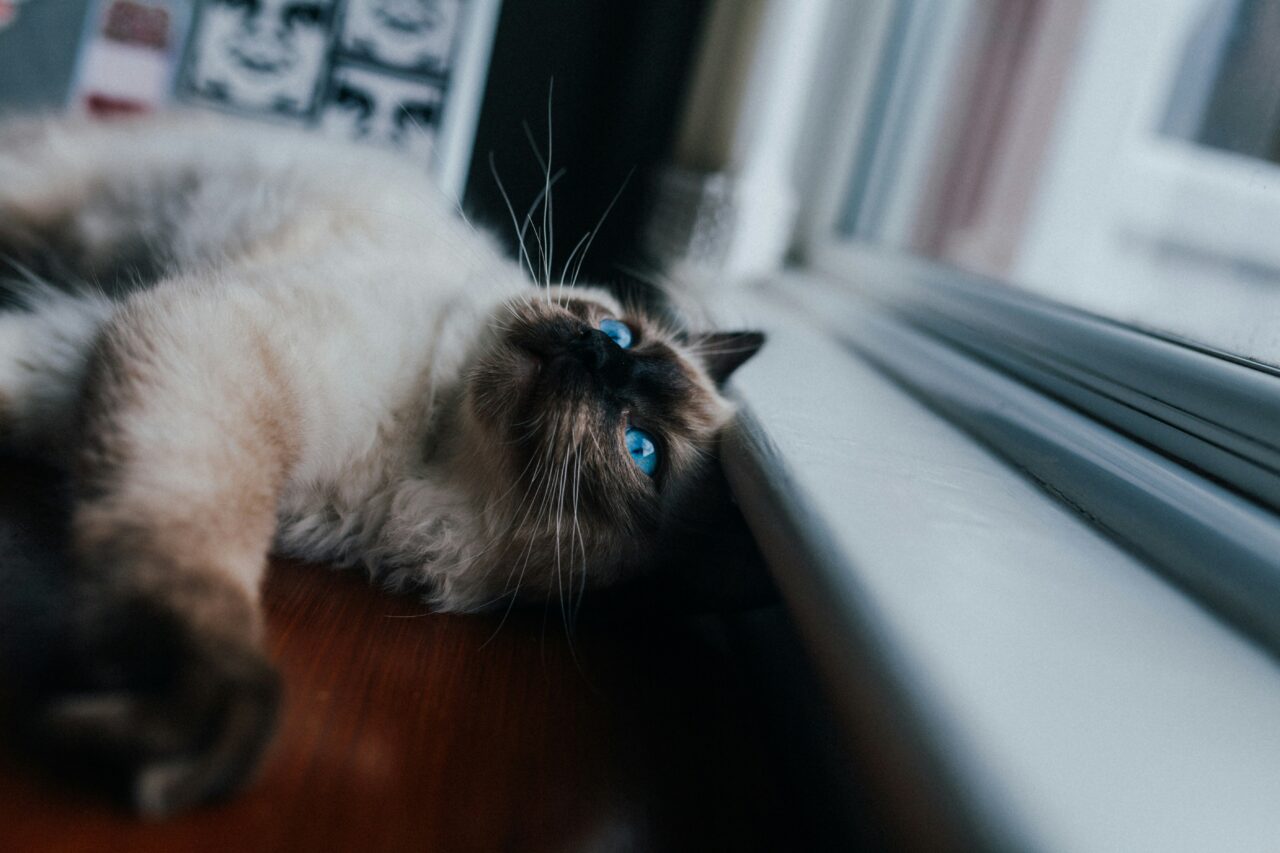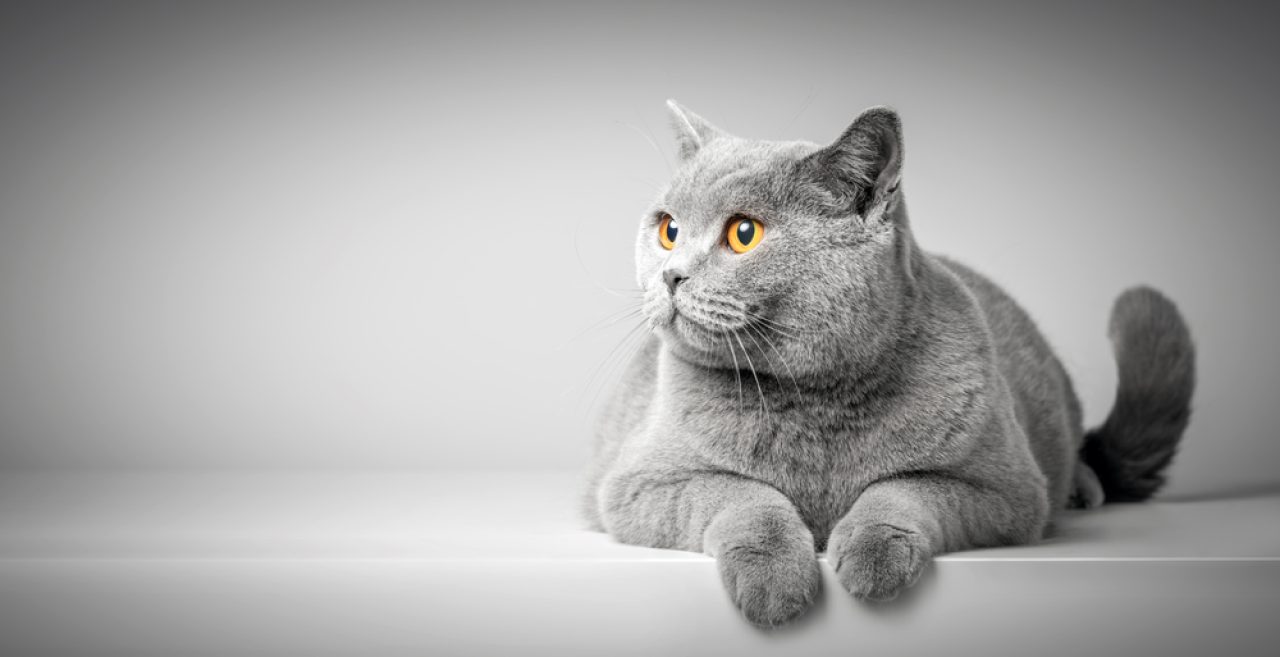📖 Table of Content:
Cats have their own body language and since they can’t talk (well, except for loud Siamese cats that will make sure you understand what they need), you have to learn some basics. We’ll start with this one first: Why do cats wag their tails while lying down?
It’s not such a weird thing to discover that cats, almost like dogs, have alternatives to communicating with their owners. Is she listening to you and relaxing, or is she anxious and on alert? You’ll know it if you pay attention to her ears for example.
Cats’ tails are the ultimate communication tool. They’ll give you a tail hug to show you an appreciation for being there. A lot of people believe that cats wiggle their tails solely because they are irritated or angry, but that’s not true.
Surely, they need to express their emotions, and besides vocalizing them, these intelligent creatures found another way to do so. There are plenty of reasons that can explain why cats wag their tails while lying down and I hope you’re ready to learn them all. If you look closely, each tail wagging has different body language that follows it.
1. She’s afraid
The first thing that tail-wagging may mean is that she’s afraid and feels endangered. She’ll mostly make her tail puffier because the hair on her tail will lift. This way it will appear thicker than it actually is, which may scare some animals.
In case your feline is really scared, her ears and whiskers will be pinned back. You’ll also notice her whole body in some kind of a cramp and she’s going to make a weird sound that slightly resembles purring, but it’s harsher.
The tip of her tail will be the part that’s wagging and its swings will be irregular and rough. If it’s an emergency and she urgently needs to react, she’ll jump on her feet and form that well-known arch, keeping her tail stiff and close to the floor.
2. She’s in pain
Another thing that her tail wagging may mean is that your fluff ball is in pain. These little beasts don’t want their enemies to know that they’re not feeling well, and unfortunately, they won’t let you know that either.
Before you start constantly calling your vet because your furbaby may have a problem, pay attention to her body language. If she’s feeling more lethargic than usual, avoiding food, and staying in one corner, this may be a clear indication that something’s wrong.
When it comes to her tail language, she may wave a bit with it, mostly unwillingly. That will be your sign that she’s trying to hide she’s in pain. Her tail won’t be relaxed, even though she’s laying down and the tip of it will twitch intensely, but occasionally.
In case she hurt her tail, you’ll notice painful facial expressions or sudden stiffening of her tail mid-motion.
3. She’s annoyed
Okay, this one may hurt a bit, but it will also explain a lot of the sudden scars that you now have on your hands. When your kitty is annoyed, she’s going to wag her tail as well. But beware, she’ll swish it whole, slowly from left to right in wide arcs.
She may start growling in your lap as well if she’s not satisfied with the attention you’re giving her. What you have to do in those moments is to abort the mission. Stop touching her and give her some space. If you ignore her warning signs, she’ll start angrily flicking her tail.
In those moments, she may scratch you and furiously leave the room. She may feel annoyed and frustrated for different reasons, having a bad day being one of them. Perhaps your toddler woke her up from her nap, or you did when you slammed those doors (don’t act innocent now).
4. She’s playful
I assume that the first thing that crossed your mind when you read the question, “Why do cats wag their tails while lying down?” was that they want to play. And you’re right! Your feline being playful and ready for her daily exercise is actually one of the reasons she may be swinging her tail.
She may wiggle her back part and, like dogs, get ready to pounce. Her tail will move completely and energetically from side to side. Don’t be surprised if she starts thumping her tail on the floor or sofa if she’s keeping you company while you’re watching Netflix.
Chattering will be your final sign to take a toy and allocate the next few minutes for playtime. Her ears will be pointed forward and her eyes widely open. If you ignore all of these crystal-clear hints that she needs affection, I can only welcome you to scratch town.
She’ll either “attack” you or your furniture. None of those will be pleasant, but you’ll learn once and for all that when a queen needs attention, she gets some.
5. She’s happy
This may be one of those things that you expect to be one of the responses to the question of why cats wag their tails while lying down. Yes, your feline’s happy and waving her tail to let you know that.
It’s like she’s saying, “Thank you hooman for taking care of me!” while closing her eyes and snuggling into your hug. Your fluff will move her tail slowly and consistently, sometimes thumping it gently on the sofa while she’s enjoying your warmth.
If you’ve been apart for some time, she may make short trembling movements that are clearly stating how much she missed you. This will also tell you that she’s extremely happy to see you. Besides this, she’ll probably start rubbing her face on your hands or legs and meow.
6. She’s dreaming
As your cat may make a groaning noise when sleeping, she may wag her tail too. Tail-twitching after you’ve petted her or said something to her may indicate that she feels safe while you’re present. It may also mean that she’s relaxing.
Do you know how sometimes your leg twitches when you start falling asleep? That can also happen to your little feline. Her legs may subtly move, but you’ll notice her tail making a short and sudden wag. If it keeps repeating and movements are slower, it may be a sign that your pet is not feeling okay.
In that case, monitor her behavior closely. If you suspect that something serious is happening, don’t hesitate to take her to the vet. Also, restful sleep and nightmares may unconsciously make your furbaby wag the tip of her tail.
Another cute thing that may cause her to wag her tail is that your feline is not in such deep sleep. If you call her name and she starts slowly moving it, your cat is telling you that she hears you, but she’s still thinking whether or not she’ll get up.
7. She feels safe
One of the most beautiful reasons why your cat is wagging her tail is because she feels safe. Similar to when she’s happy, she’ll start thumping her tail to the surface she’s lying on. This implies that she’s completely relaxed and that she feels protected in your presence.
Don’t rush to pet her, because she sometimes just wants to lay in her bed and be lazy for as long as she desires. The tip of her tail will be slowly moving and if you start talking with her, she may turn on her back and expose her belly to you.
That’s when she’s asking for some attention, what are you waiting for?! Also, this position discovers that your feline trusts you endlessly.
8. Her stalking mode is on
Have you noticed how before she starts hunting, your furbaby lowers her butt and waits for the perfect moment? You did? What about her tail (the tip of it to be precise) twitching? That interesting movement means that your feline is concentrating on the attack.
She may also show this behavior when she’s playing with interactive toys, such as a feather toy, or a little mouse. Pay attention to that the next time when you decide to entertain her.
